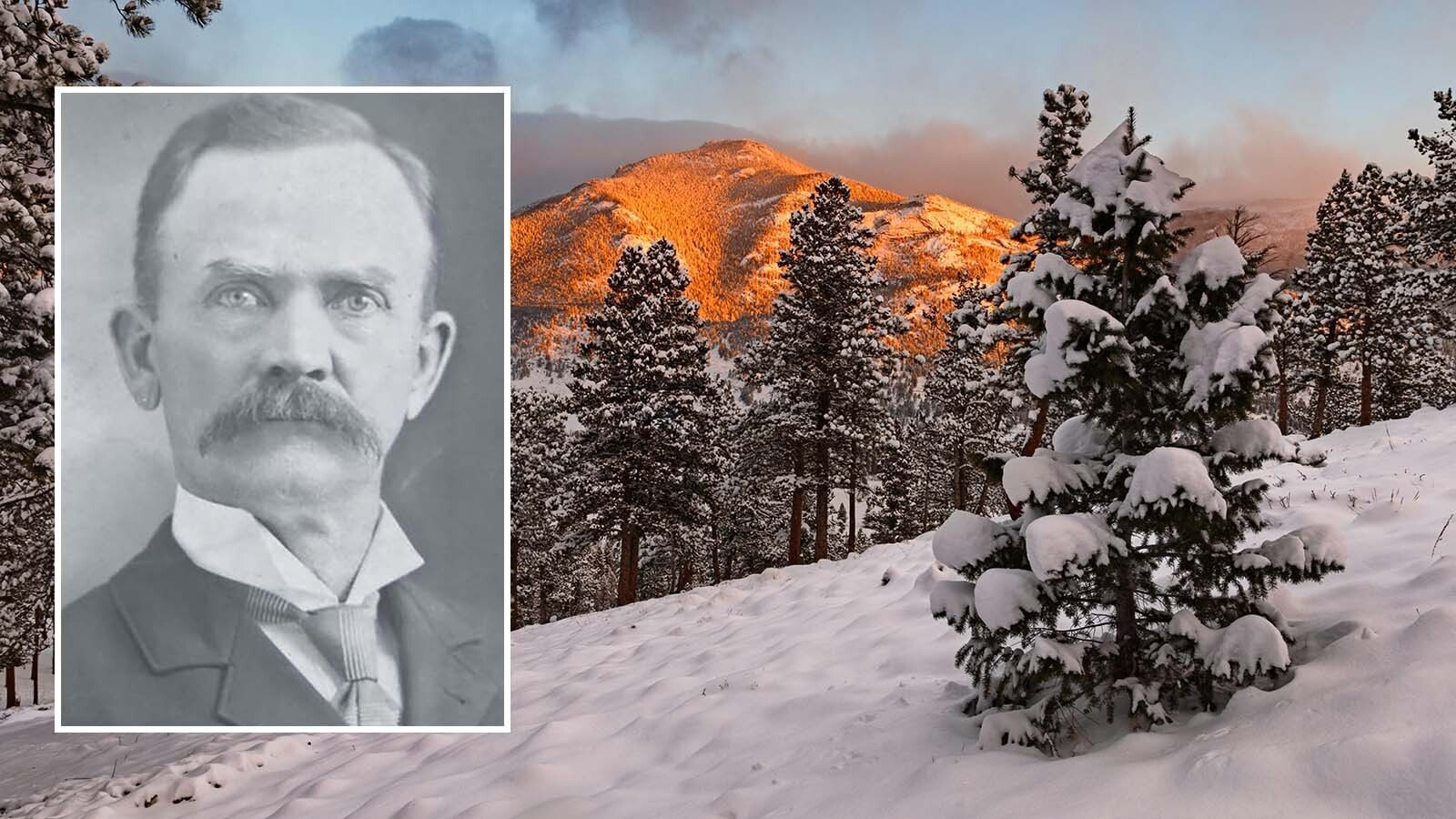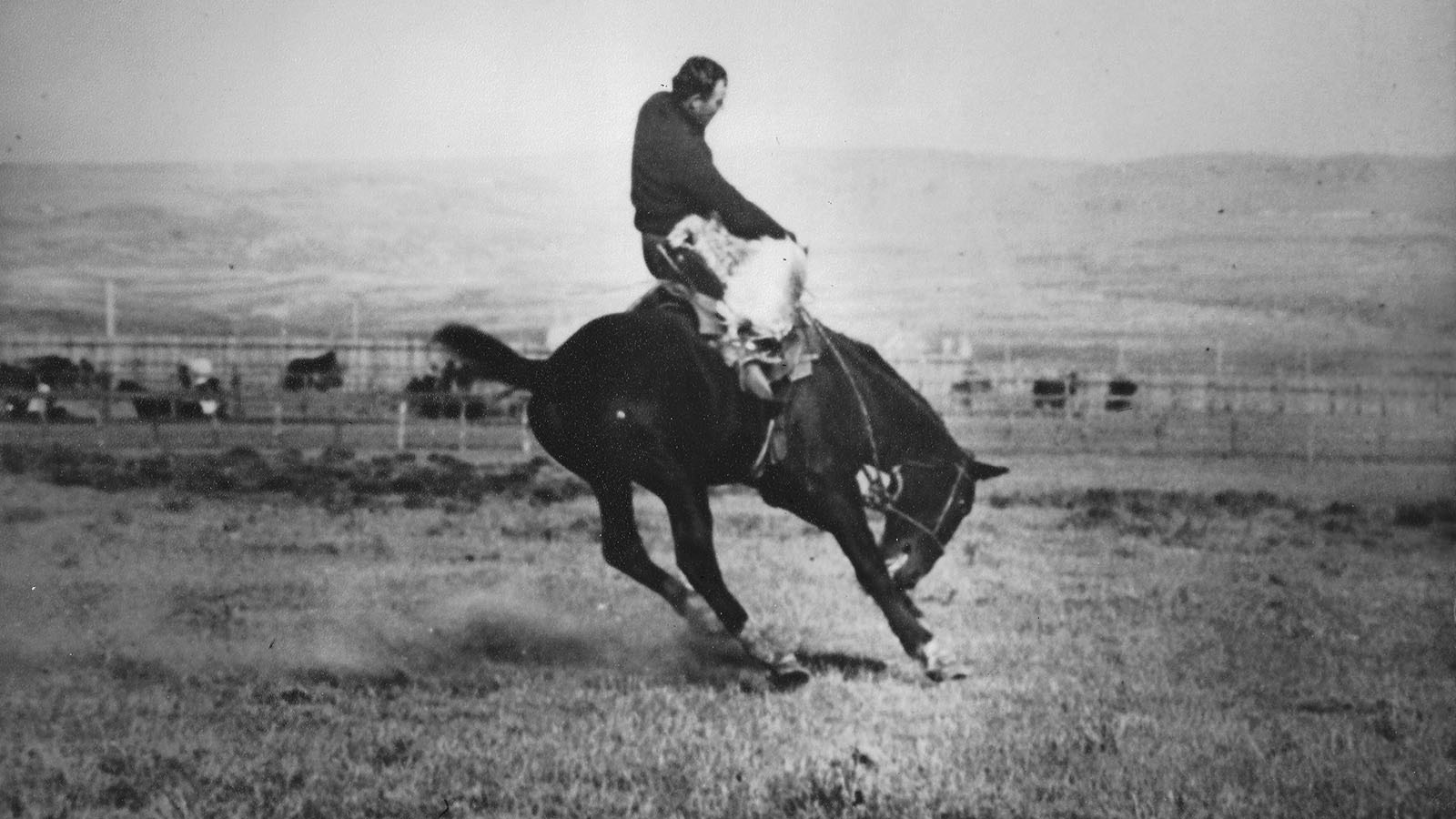A commotion erupted on Deadwood’s Main Street. Men gawked as Wild Bill Hickok led a cavalcade of fringed buckskin-clad riders into the booming gold camp.
One of these riders was Calamity Jane. The Black Hills Pioneer July 15, 1876, edition announced “‘Calamity Jane’ has arrived” making no mention of Wild Bill. Within two years, she would become a national celebrity, Calamity Jane the Wild Woman of the West.
She was born Martha Canary, May 1, 1856, on the family farm near Princeton, Missouri. Her father was Robert Willson Canary and her mother’s maiden name was Charlotte M. Burge, both originally from Ohio. Martha was the oldest child and had two brothers and three sisters. The family left for the Montana goldfields in 1864. The reason for leaving may have been to escape a dispute over inheritance from Robert’s father.
Along the trail, Martha perfected her horseback riding, shooting, and hunting skills. Life in Montana’s goldfields was hard for the Canary family. At times, the destitute children begged for food. In the Spring of 1866, Charlotte died in Blackfoot City, Montana. Robert took the children to Salt Lake City, Utah, where he died in 1867. Little is known about how the orphan Canary children lived. Martha said she stayed for a time at Fort Bridger, Wyoming. In 1869, she was living in Piedmont, Wyoming, working at a variety of jobs. She lived near forts learning to cuss, play cards, and drink. She frequented Cheyenne, Wyoming, and other Hell on Wheels railroad towns. By the 1870s Martha was going by the name Calamity Jane.
How did she come by that nickname? She stated in the autobiographical pamphlet written for her, Life and Adventures of Calamity Jane by Herself, while stationed with the army at a post near present-day Sheridan, Wyoming, in the early 1870s, that she was riding with a patrol that was suddenly ambushed by Indians. Captain Egan, commander of the post, was shot. She wrote, “I…turned in my saddle and saw the Captain reeling in his saddle as though about to fall.”
Galloping back to the captain, she lifted him onto her horse in front of her and brought him back safely to the post. Egan told her “I name you Calamity Jane, the heroine of the plains.” Other than her tale, there is no record of this.
It is known that Captain James Egan was involved in a fight with Northern Cheyenne and Lakota tribal fighters on March 17, 1876, that is known as the Reynolds Battle, for Colonel Joseph J. Reynolds, who initiated the attack. Also in the fight was Private Edward Eagan, who was injured. It is unclear whether this was the battle Calamity wrote about, but it certainly could have been.
No one really knows why she was named Calamity Jane although there were plenty of opinions including: she was a good friend to know in times of calamity, she was always getting into trouble, she nursed the sick during epidemics, she created a disturbance wherever she went, her life was a disaster, and on and on. No matter how she came by the name Calamity Jane, she identified with it, and she must have liked it.
In 1874, she was working at a hog ranch outside Fort Laramie, Wyoming. Hog ranches did not raise pigs. Instead, they sold a variety of goods including tobacco, liquor, and female companionship. That same year, Lieutenant Colonel George Armstrong Custer led an expedition into the Black Hills discovering gold.
In the Spring of 1875, the military escorted the Newton-Jenny Expedition to confirm Custer’s discovery. Calamity insinuated herself into the expedition for part of the journey. She would later turn up in the Black Hills in both Custer and Rapid City.
In the Spring of 1876, the army was tasked with finding and attacking Indian villages that had not reported to their agencies. General George Crook led two expeditions into northern Wyoming after the Cheyenne and Lakota. Each time, Calamity disguised herself and went along and each time, she was discovered and sent back.
In June 1876, Wild Bill Hickok’s party was passing through Fort Laramie on its way to Deadwood. The post officer of the day requested they take along the half-naked Calamity Jane.
She had been drinking with soldiers and was locked in the guardhouse still drunk. They agreed to take her and clothed her in buckskin. Once in Deadwood, Hickok and his friends gave her money to buy female clothing.
She soon repaid them with her earnings by working in dancehalls. There is no evidence of a love affair between Calamity Jane and Wild Bill.
Calamity drank hard and could tell a good tale with the best of them. People who knew her well said she had a heart of gold. When Deadwood was struck with a smallpox outbreak, Calamity said she was immune and took care of the sick.
In his 1877 book, Black Hills Wonderland, Horatio Maguire wrote about his first encounter with Calamity as she worked to control a bucking horse. “Throwing herself from side to side in the saddle, with the daring self-confidence of a California buchario in full career, she spurred her horse on top of the gulch, over ditches and through reservoirs and mudholes, at each leap of the fractious animal giving as good an imitation of a Sioux war-whoop as a female voice is capable of.”
After reading Maguire’s book, the dime novelist Edward Wheeler, added Calamity Jane into his popular Deadwood Dick series bringing her national fame.
Calamity left Deadwood and the northern Black Hills by 1881, following the boom from town to town. Newspapers and the public followed her whereabouts and latest exploits. Excessive drinking was her downfall. She had multiple husbands and one daughter, whom she gave up. She sold photos of herself and a pamphlet of her life to make ends meet. She toured the East with a wild west show, but soon tiring of that, she headed back west.
Calamity returned to the Black Hills in 1903, where Dora DuFran, a Belle Fourche madam, hired her to cook. Calamity continued to drink heavily. She died August 1, 1903, of inflammation of the bowels and was buried in Deadwood’s Mount Moriah cemetery next to Wild Bill Hickok’s grave.
In later years, Madam DuFran told a story showing Calamity’s true character. “At a turkey shoot, using a small .22 rifle, she won all the turkeys and gave them to the bystanders who hadn’t had any luck. She came home without a turkey. I asked her what she had done with them, ‘Oh, I gave them to some poor devils who can’t afford turkeys.’ That was Jane, always good to the underdog.”
Calamity Jane lived life with gusto. Many of her reminiscences were embellishments and tall tales, but she must have been a great storyteller. I like Calamity Jane. It would have been great fun to sit back and listen to her spin a yarn.
Bill Markley can be reached at markley@pie.midco.net





